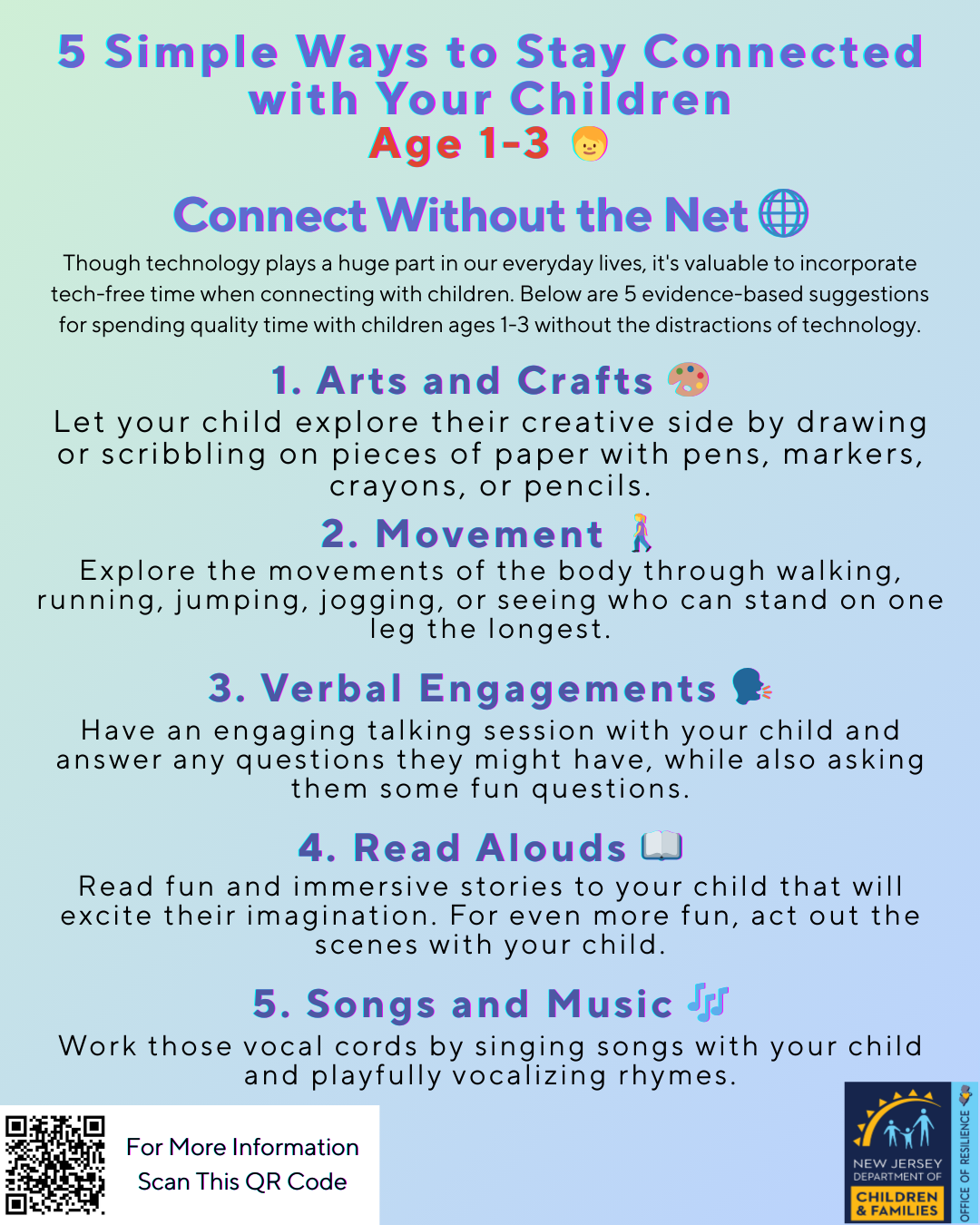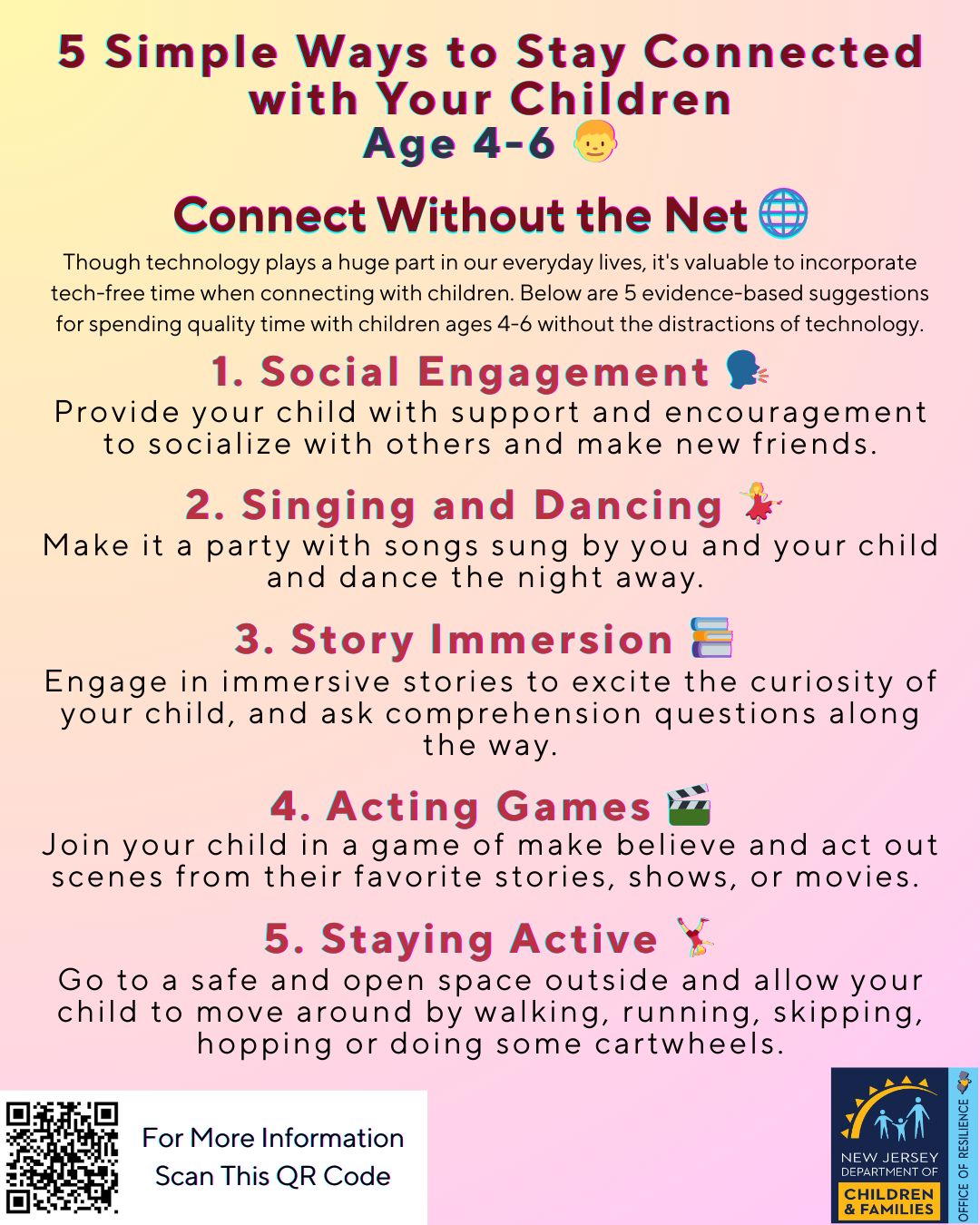Staying Connected in a World Full of Distractions and Competing Priorities
Parenting/Caregiving often means juggling more than ever before, including work, responsibilities at home and outside obligations. Scheduling and coordinating typically take place using technology and once we get started, we often get sucked in to other areas of interest, like recipes and text messages, news and videos.
Most parents want nothing more than to be present and engaged with their children, yet the buzz of a phone or the glow of a screen often results in a Pavlovian response that gets in the way. This everyday interruption is known as technoference. It doesn’t come from a lack of love or commitment. In fact, it usually stems from the reality that parents are balancing too many priorities at once.
By understanding technoference and recognizing its impact, parents can find simple, supportive ways to stay connected, create meaningful moments and show children that they are seen, heard and loved.
The New Jersey Department of Children and Families’ Office of Resilience has developed and curated useful resources to help families stay connected.
 |
76% of parents report using their cell phone while at the playground with their child.
|
|
Parents use their cell phone for an average of 4 hours per day and check their phone for notifications an average of 67 times per day.
|
|
 |
46% of teens say their parent is at least sometimes distracted by their phone when they're trying to talk to them.
|
5 Simple Ways to Stay Connected with Your Children
|
|
|
|
More Resources
|
|
|
|
Get Acquainted with Technoference Terms
|
||
 |
 |












